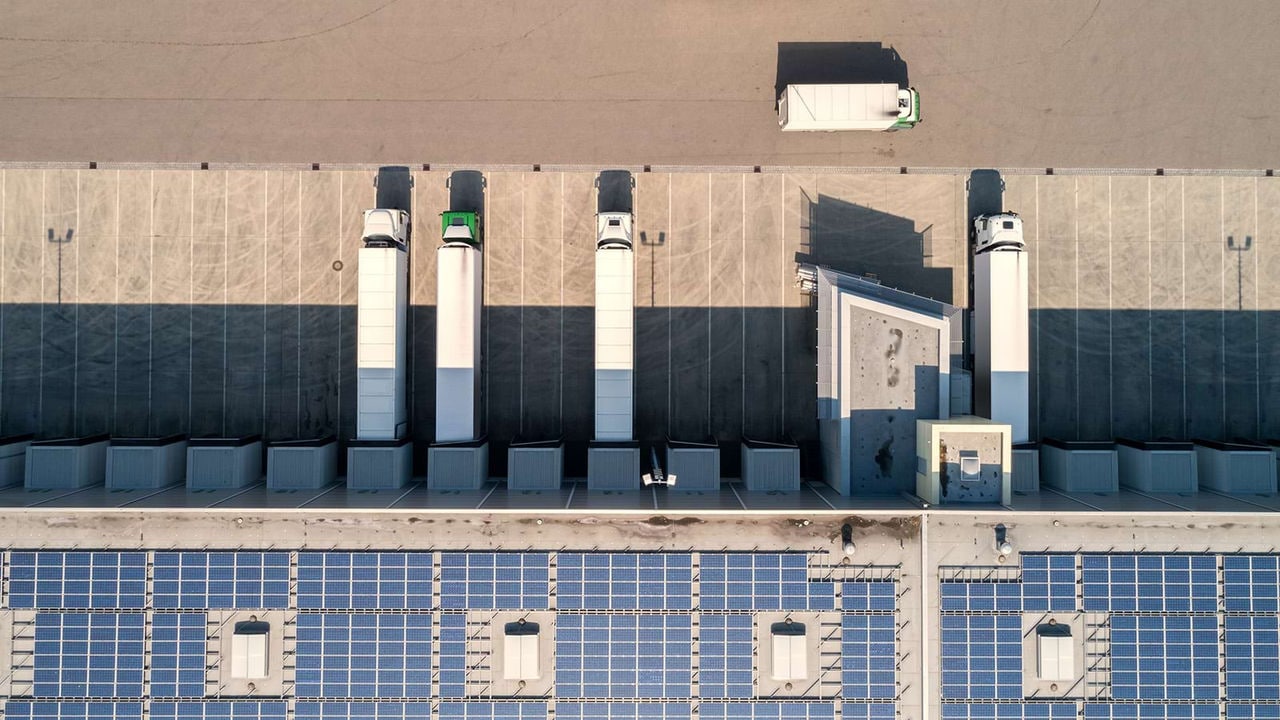Facing mounting pressures: limited physical space, labour shortages, and environmental and infrastructural constraints demand the reallocations of scarce production factors towards activities that are productive, low in environmental impact, and less reliant on low value-added labour.
Our analysis evaluates the industry through five analytical lenses: centrality, economic importance, dependence on scarce production factors, national strategic importance, and internationalisation.
Centrality
This lens evaluates the sector’s role in national production flows. While transportation and storage touch nearly every corner of the economy, the strength of these connections—measured by gross value added—is more modest than expected, ranking seventh out of fifteen industries. The sector is primarily linked to wholesale, retail, and medium-low tech manufacturing. Despite this, productivity gains or losses in transportation and storage can ripple through the broader economy, amplifying its influence beyond its immediate footprint.
Economic Importance
Here, we see a mixed picture. Although the sector’s share of GDP has declined by 20% since 1995, it still ranks eighth in size. However, productivity growth is sluggish, with only five industries seeing lower productivity gains. In some subindustries—like air transport and postal services—productivity has actually declined. Compounding this is the sector’s minimal investment in R&D.
Dependence on Scarce Production Factors
This highlights the sector’s vulnerability, ranking second in reliance on constrained resources like labour, capital, environmental capacity, and physical space. Historically, reliance on low-paid foreign labour has dampened incentives to invest in automation. As migration policies tighten and wages rise, the sector needs to increase value added per employee. Environmentally, it is a major emitter. Though fuel efficiency has improved, the transition to sustainable alternatives faces technological uncertainty and infrastructure limitations, such as grid congestion and insufficient charging stations. Physical space is yet another constraint, with the sector using significant land, much of it location-bound, leaving little room for expansion without structural shifts.
National Strategic Importance
The sector’s role in enabling supply chains, maintaining critical infrastructure, and responding to crises is vital for national resilience, though not captured in GDP figures. The transportation and storage industry supports both civilian and military logistics. Its infrastructure—ports, roads, railways, and airports—is foundational to economic continuity, especially amid disruptions.
Internationalisation
This positions the sector as a gateway to global trade. Its infrastructure and services facilitate import and export flows, enhancing the Netherlands' competitiveness. International trade, in turn, boosts productivity through learning, scale, and access to diverse inputs. However, the sector is sensitive to geopolitical shifts and trade policy. Recent tariff changes, like those around Liberation Day, triggered sharp fluctuations in shipping volumes, illustrating the need to quickly adapt to external shocks. These disruptions affect the sector’s profitability and its ability to efficiently serve other industries.
In conclusion, while central and strategically vital, the transportation and storage industry is not yet future-proof. In our analysis you’ll find more details and insights on improving its readiness for the future.
Download the analysis
Five analytic lenses for the Transport & Logistics industry
Productivity agenda: collaboration with the industry is key
A key focus is boosting labour productivity growth. On June 2, 2025, PwC hosted an event with Transport en Logistiek Nederland and the Topsector Logistiek to discuss the lagging productivity, engaging diverse sector stakeholders. The event yielded rich ideas - from further robotisation, wider experiments with autonomous vehicles, and more supply chain cooperation to reducing overcapacity. We are developing these and other ideas with the sector, forming essential input for a productivity agenda for the industry and the business ecosystems around transportation and logistics ecosystems.



















